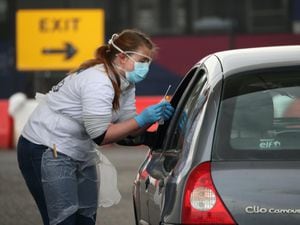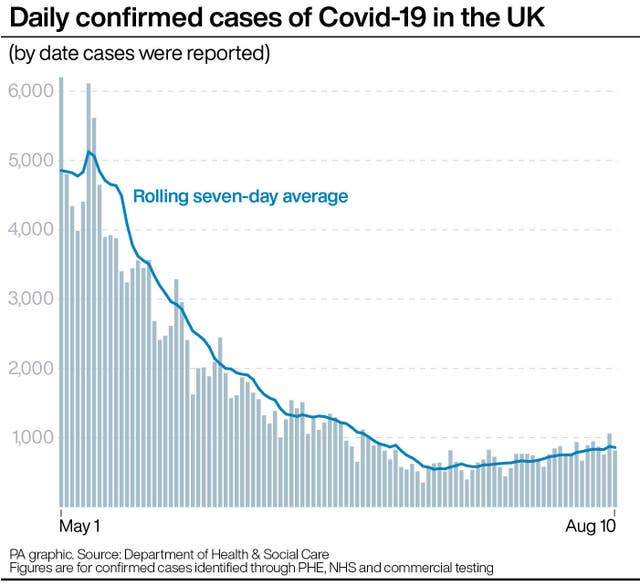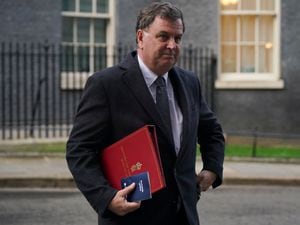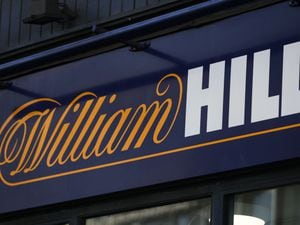Covid-19: Why is the Government having to defend its test-and-trace scheme?
Labour has criticised the programme and said it is not living up to expectations.

The Government has announced it is strengthening regional test-and-trace powers in England while axing 6,000 national contract tracers.
But the programme continues to face criticism over its performance and questions about the role of the private sector in providing the service.
What is the test-and-trace scheme, how does it work and why is it under fire?
– What is NHS Test and Trace?
Prime Minister Boris Johnson told MPs on May 20 the test-and-trace operation would be “world-beating” and in place by June 1.
The programme aims to control the spread of the virus by ensuring people who have coronavirus symptoms can be tested quickly and self-isolate if found to be positive.
It will then trace people who have been in close contact with an infected person and tell them to self-isolate as well.

A national team of 18,000 contact tracers make contact with people who have tested positive for coronavirus, take details of their close contacts, and then try to get in touch with them advising them to isolate.
The programme, run by Serco and Sitel through a contract reported to be worth up to £108 million, has faced questions about performance and value for money.
– Why is the service being criticised?
There has been criticism that some contact tracers have contacted just a handful of people and reports call centre contact tracers were being “paid to watch Netflix”.
Labour has said there were “growing concerns” about outsourcing giant Serco’s role in the programme and said the current contract with Serco was “ineffective and not fit for purpose”.
It also said the service was nowhere near “world-beating” and should be led by directors of public health and supported by primary care and NHS labs.
– What does Serco say?
Serco chief executive Rupert Soames last week said the Test and Trace system has “more capacity than we need” but the Government “had to start somewhere”.
He also said the service was “improving all of the time” but admitted that 20% of contacts are untraceable as individuals who tested positive do not know them well enough to have their personal details.

– How well is the service performing?
The latest official figures show that in the seven days to July 29 72.4% of people identified as being in contact with an infected person were reached and asked to self-isolate by NHS Test and Trace, a drop from 76.2% the previous week.
It said the overall percentage of contacts reached was declining because contacts relating to local outbreaks were being managed by local health protection teams.
But the DHSC data also shows that, for cases handled by local teams, 98.0% of close contacts of people who tested positive for Covid-19 have been reached and asked to self-isolate.
By contrast, for those cases handled either online or by call centres, 56.1% of close contacts have been reached and asked to self-isolate.
– What has the Government announced?
Health officials have announced plans to strengthen regional test-and-trace powers in England while national contract tracers will be cut from 18,000 to 12,000 in a fortnight.
The Department of Health and Social Care (DHSC) said NHS Test and Trace will now provide local authorities across England with a dedicated team of contact tracers for local areas.
If the dedicated national team cannot make contact with a person in a set amount of time, the local public health officials can use the data provided by NHS Test and Trace to follow up and potentially knock on their door.
– Why are contact tracer jobs being cut?
The department said the national service needed to adjust as the approach became more “locally targeted”.
As a result, the national service will move from 18,000 to 12,000 contact tracers on August 24 with remaining teams to be deployed as part of dedicated local track and trace teams, it added.
Health minister Edward Argar told BBC Radio 4’s Today programme on Tuesday the move will create a “hybrid system” with national callers alongside a local door-to-door approach.
– What are local authorities saying?
Public health officials have said a joint national and local approach to testing and tracing needs “a change in flow of resources” to help councils cover the costs of trying to reach people.
The president of the Association of Directors of Public Health, Jeanelle de Gruchy, welcomed the test and trace changes from phone calls to face-to-face contact, but added that more resources were needed to deliver it.
She told BBC Radio 4’s Today programme: “Resources to deliver it will be an issue because we are being asked to do a lot more.”
– So are local councils going to get more cash?
When asked if he would cancel the current test and trace contract and give money to local councils, Mr Argar said the Government had already given them billions of pounds.
Public Health England’s local health protection teams have doubled in size and will increase further ahead of winter, DHSC said.





